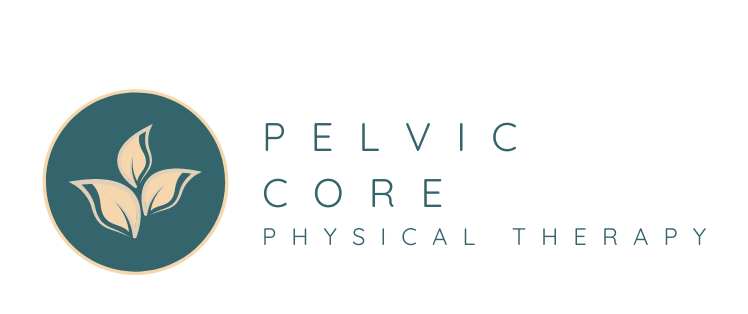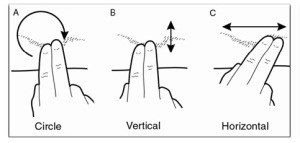Post C-section Tips From a Pelvic Floor PT
So, you just had a C-section? You probably spent a day or two in the hospital and now you are home with your baby, a sore belly, and a few after care instructions. Looking after a newborn is hard enough, but you just had a major surgery and instead of some R and R you might be getting sleep deprivation and night sweats!
You may feel a bit confused as you navigate your postpartum body - what movements are safe, what should I be doing next, what’s normal and the list goes on and on... Well, first of all let’s talk about what a C-section is. It’s a procedure where your surgeon cuts through your abdomen and uterus to get to your beautiful baby. Kind of like opening up a present but a lot more painful. They must cut through the skin, subcutaneous tissue (fat), fascia (connective tissue), abdominal muscles, parietal peritoneum, and finally the uterus. Your incision may have been vertical, or horizontal at the bikini line. Either way you are likely feeling pretty sore! That is some serious surgery and then you’ve got a heavy weight to carry around, feed, and care for afterwards. Chances are you don’t have time to sleep, let alone think about how to best look after yourself during this time.
We’re going to simplify it for you – here are some tricks and tips to care for yourself and to heal after your C-section:
Watch how you are getting in and out of bed. Now’s not the best time to be jumping out of bed in a sit up position, as this will put a ton of pressure on your newly injured abdominal wall. Instead try a log rolling technique. Bend your knees with your feet flat on the bed, roll to your side with your shoulders and hips turning at the same time, and then use your bottom forearm and top hand to push yourself up while simultaneously swinging your legs off of the bed. Try to exhale gently while you push yourself up to help manage the pressure.
Begin practicing your 360 breathing as soon as possible. This type of breathing is something you can practice right after your surgery and is a safe way to reconnect with your core and pelvic floor. Gently, inhale through your nose to feel your ribcage expand in all directions, and exhale out of your mouth like you are blowing out a candle (slowly blow all of the air out). Start practicing this lying down with your legs supported on pillows. Once you feel comfortable, and are able to do this without pain try practicing lying on your side and then sitting.
If you have had no complications with your c-section scar (infection, slow healing times related to health issues, etc.) – start c-section massage around six weeks post-surgery. This will help avoid any development of excessive scar tissue and keep the area from adhering down. Only begin this if your incision is fully closed with no scabbing or open areas. Wash your hands, and gently take two fingers and place them on one end of your incision. Using medium pressure, massage in a circular motion up and down the line about 4-5 times. You can also massage in vertical and horizontal directions. Try all directions to see where you feel restrictions. If you have a lot of sensitivity in this area, try rubbing different texture materials along it. Begin with something soft, such as a silk shirt, and progress to rougher textures, such as a dry washcloth.
Lastly, give yourself the gift of seeing a pelvic floor therapist. It is safe to start seeing a pelvic floor physical therapist directly after birth to work on all of the things discussed above. Once cleared for exercise, your pelvic floor PT can safely progress you to get back to your favorite activities without leaking or pain. Also, it’s important to know that your pelvic floor is still affected, whether your c-section was planned or not.




